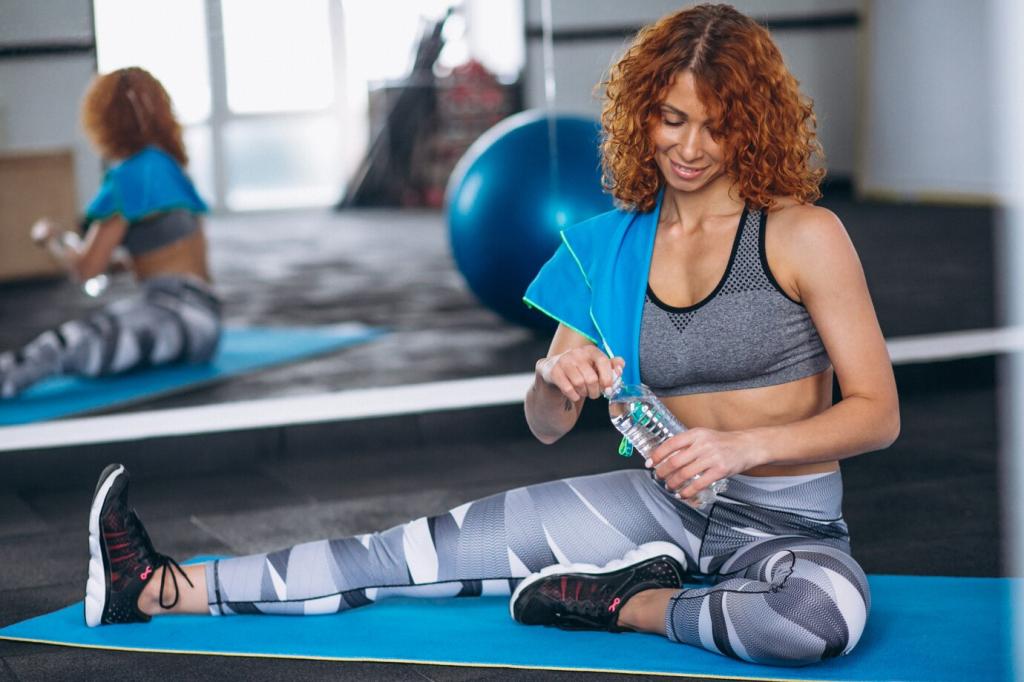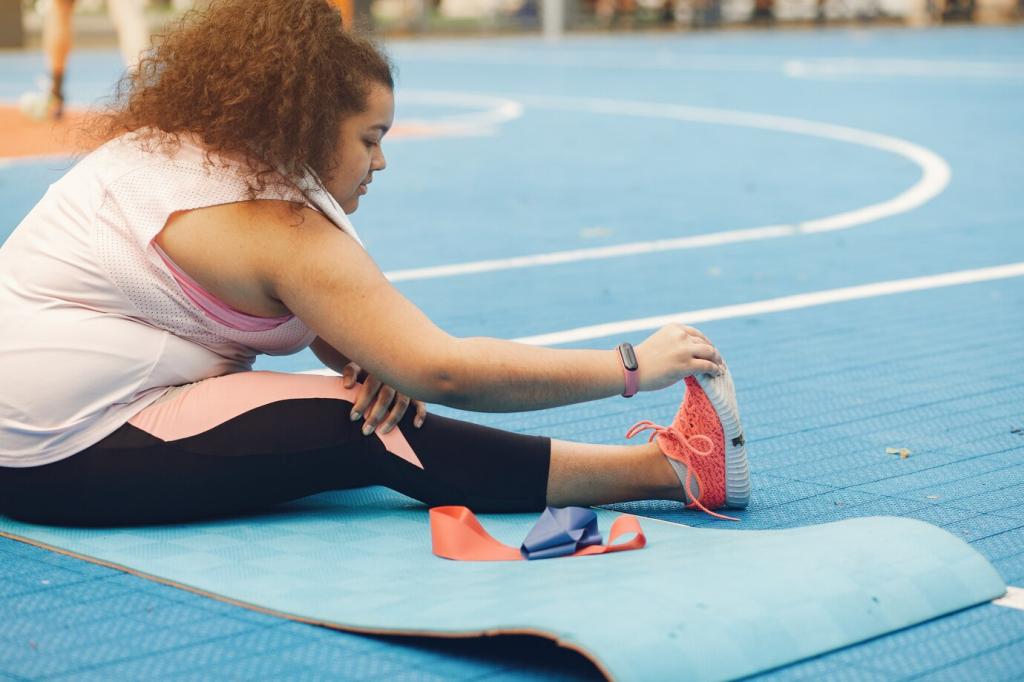Build a Team With Your Clinician
Arrive with a one-page summary: your goal, current baseline, past reactions, and questions. Ask, “What would a safe first step look like for me?” Invite your clinician to set red flags and stop rules. Share which question unlocked clarity for you.
Build a Team With Your Clinician
If pain climbs, energy dips, or new symptoms appear, request alternatives. Modified ranges, pacing breaks, or different modalities can protect momentum. Comment with one modification that helped you continue without crashing; your tip may become someone’s breakthrough.






